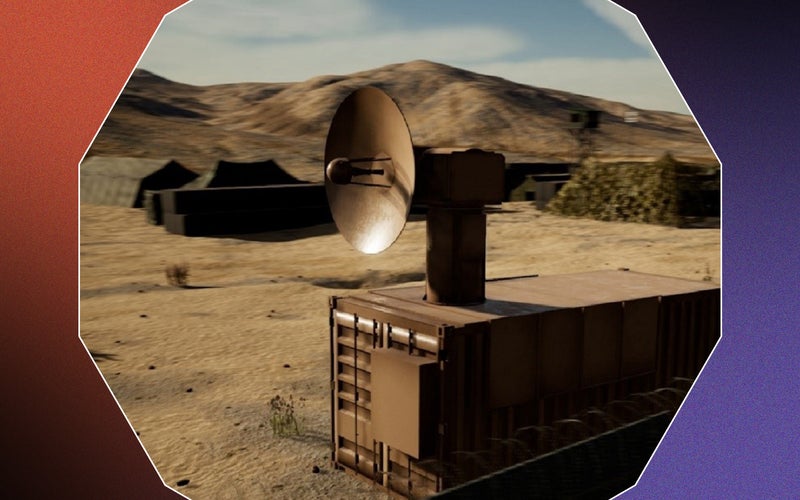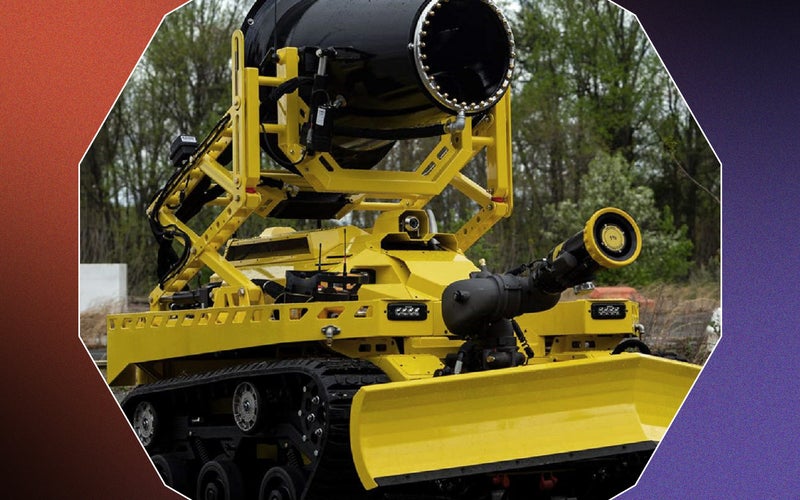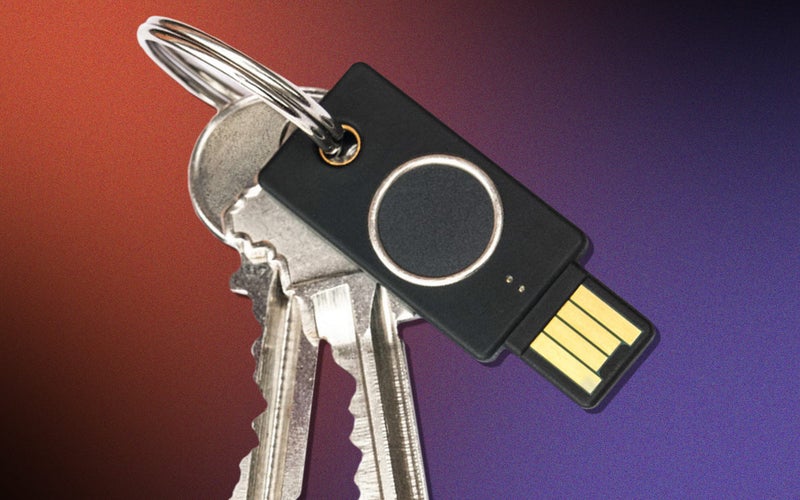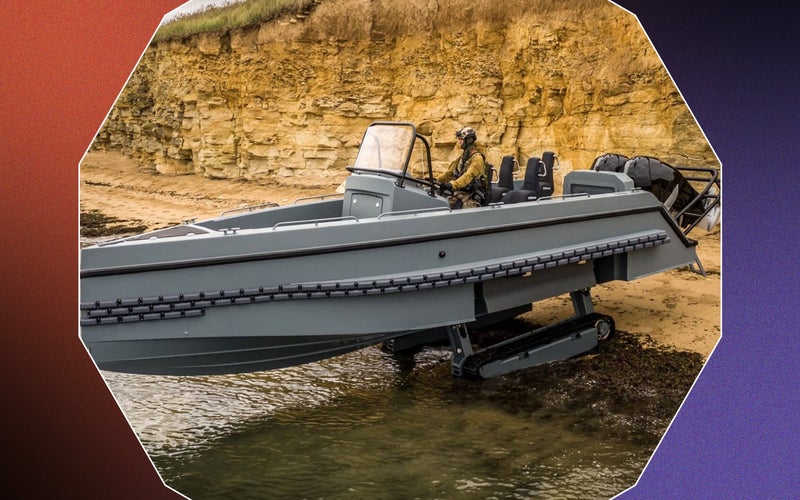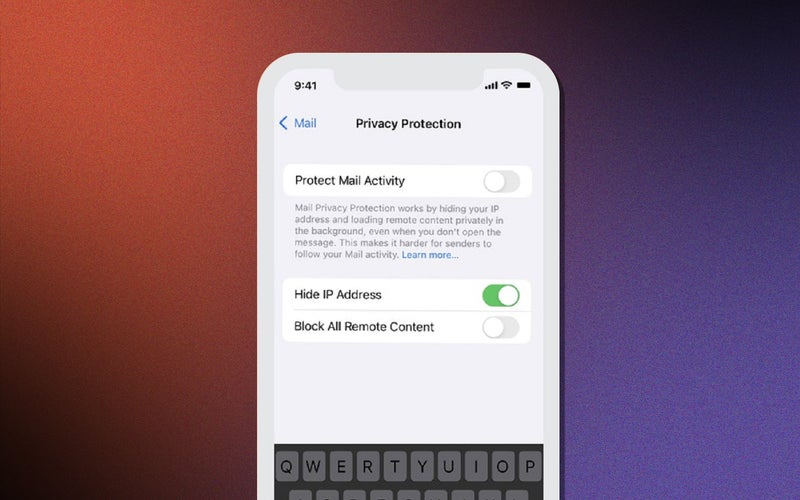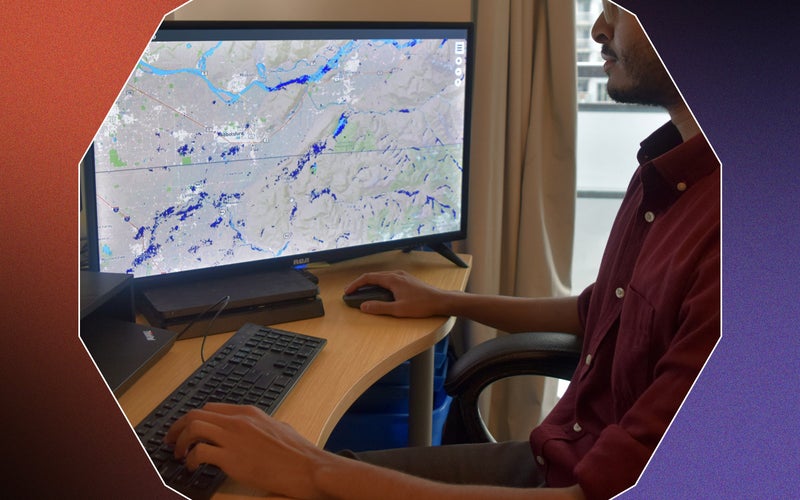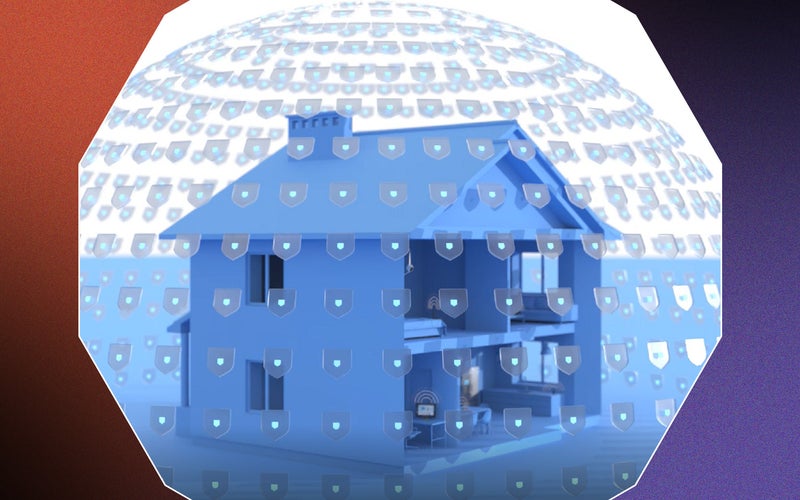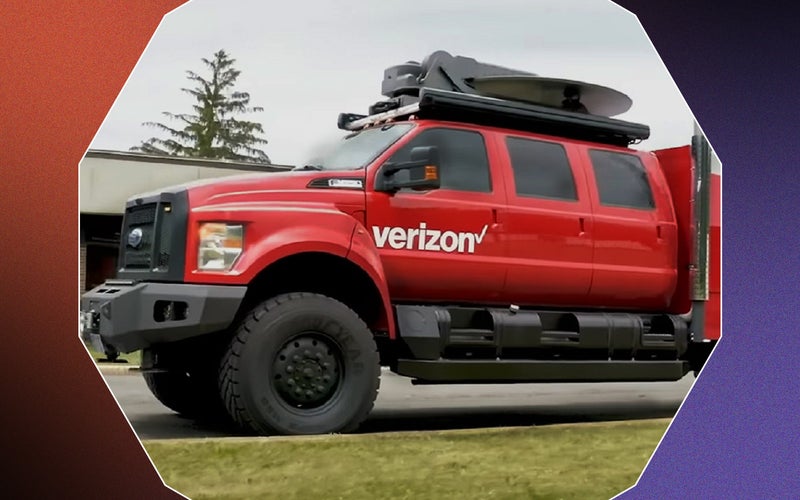The most transformative security innovations of 2021
A vacuum for cookie crumbs (on the internet, that is), an amphibious boat that does more than float, and more of the Best of What's New.

Year two of the pandemic brought a new flood of security concerns—domestically, internationally, and, of course, digitally. But companies and researchers stepped up their game. The US military demonstrated its most comprehensive anti-drone technology to date in the New Mexico desert; the Los Angeles Fire Department put the first robot firefighting vehicle in the US on the streets; and a router maker launched a partnership to bring top-shelf anti-virus tech to smart devices. It may not be enough to outright guarantee that you’ll sleep peacefully at night, but at least there’s less of a threat of being hacked through the Bluetooth on your alarm clock.
Looking for the complete list of 100 winners? Check it out here.
Grand Award Winner: A ‘cookie jar’ that one-ups online trackers
Cookies make the internet work a little more smoothly by remembering a user’s browsing habits, but when the data trackers follow individuals across different sites, a useful tool becomes a privacy liability. Firefox, the browser by Mozilla, introduced an optional feature called “Total Cookie Protection,” which in a meaningful way limits the trails of crumbs you leave behind online. Instead of storing all of an individual’s information together, this new approach makes each site keep its tracking in a separate “cookie jar” without pulling data from others. That means you can click “accept” with more abandon when you get pelted by the cookie disclaimers that are now the norm across the Web.
Defeating drones with directed energy
Air Force Research Laboratory
Small, expendable drones can spy on soldiers, or worse, attack them with explosives. Fighting these machines, many of which are built cheaply or with commercial parts, means looking for a cost-effective countermeasure that can disable multiple drones at once. With the Air Force’s THOR, the military has a new tool to fry an entire swarm. The system emits high-powered microwaves that hurt electronics, but not people or wildlife. Compact enough to fit on in a shipping container or a C-130 cargo plane, this electrically powered weapon can be set up in a few hours—ready to protect anyone nearby.
Letting robotic firefighters tackle the toughest blazes
Howe & Howe/Textron Systems
Firefighters rush into danger to extinguish dangerous blazes. But what if they didn’t always have to? Newly adopted by the Los Angeles Fire Department (LAFD), the Thermite RS3 is a robot ranging from 5 to 7 feet tall and 3,000 to 4,000 pounds (depending on the equipment it’s packing) that can help put out flames without risking the lives of firefighters. The remotely operated RS3 rolls on tank treads, sports thermal and optical cameras, and can blast 2,500 gallons of water a minute. In December 2020, the LAFD used its new prize to beat back a blaze from inside a building—after human firefighters had been called to safety outside.
Encrypted biometric security at your fingertips
Yubico
Physical security keys offer an option for password-free logins or two-factor authentication that don’t require punching in codes or relaying text messages. YubiKey, which has made this kind of useful and buttoned-up hardware since 2008, launched its first biometric fobs in 2021. The key reads a fingerprint, a personalized marker that it stores securely and locally on the device itself. Using the gadget, which comes in both USB-A and USB-C models, for password-less authentication allows it and the fingerprint to work together as a multi-factor check on logins.
Turning bomb craters into better armor
Tech. Sgt. Jeffrey Allen/U.S. Air Force
Analyzing the debris left over after a bomb blast can lead to a better understanding of the explosive, and inform the design of better armor. Fragmentation Rapid Analysis Generator using Computed Tomography, or FRAG-CT, is a tool made by the Army’s Development Command that can process data from a test range 200 times faster than the current method, which involves painstakingly collecting shrapnel and mapping explosions by hand. By collecting 3D images of fragments, the tech can lead to armor designs more capable of resisting blasts, among other vital ballistics insights.
A boat on treads that’s a real amphibian
Iguana Pro USA
What has a top speed of 50 knots and two sets of retractable treads? A morphing craft called the IG-PRO 31. Built by Iguana Pro, the 32-foot-long vessel is an amphibious motorboat that can pull itself up on beaches and into hiding. Sold to the US Navy in October 2020, the Interceptor offers special forces more options for where to land—and how to get their boat to a safe shelter space once ashore. On terrain, the tracks can pull the craft forward at more than 4 miles per hour. The machine also offers a useful tool for rescue work on sea or the beach.
A double-mirror trick for email tracking
Apple
Some email marketing techniques rely on invisible pixels—hidden code that lets the sender know if you’ve opened a message or not. A privacy feature included in the iOS 15 update introduces a novel behind-the-scenes process that blocks those sniffers in their tracks. Once the feature is activated, Apple opens the email on its servers first, and then forwards the message to the user, effectively stopping the tools from knowing when (or even if) the recipient opened the email. It’s a clean way to build privacy back into inboxes normally teeming with data collection.
Flood risk from the past and present, mapped for the future
UN University’s Institute for Water, Environment, and Health
In the face of climate change, knowing where and when water levels have already risen is an invaluable resource. The World Flood Mapping Tool, made for the United Nations, runs in a browser and can show where past floods have occurred, down to the street level, in any given spot on the globe. The tool draws from Google Earth and Landsat data collected since 1985, is accurate within 30 meters, and includes both population and land use filters—both of which should help planners mitigate harm from future deluges. Later versions will include AI-generated risk maps.
A mega router with total smart-home protection
NETGEAR
Every new internet-connected device in a home has the potential to be a new path around security for a malicious actor. NETGEAR Armor includes antivirus protection in a router, ensuring protection at the connection point between a growing army of smart doo-dads and the outside internet. In addition to using algorithms to learn a user’s normal behavior and flag unusual activity, the system’s security tools also scan outgoing data for logins, social security numbers, and banking info, and block those from reaching prying eyes.
A mobile network and disaster response center, all in a pickup truck
Verizon Frontline
After a natural disaster, most Americans have to rely on ad-hoc infrastructure to remain connected. Verizon’s THOR is a mobile all-in-one vehicle built for disaster response. The rig can restore cell service on its own 5G or LTE mobile network, which is powered by a small retractable cell tower and satellite uplinks. To help first responders, THOR can also launch a tethered drone or a fleet of winged robots to see the surrounding area, capturing useful real-time information about what is and isn’t passable terrain.
Correction (December 3, 2021): The Thermite RS3 entry has been updated to include Howe & Howe, a subsidiary of Textron Systems, as the manufacturing company. The firefighting robot’s gallons-per-minute specs have also been corrected from 25,000 to 2,500, and its dimensions have been edited to note that there is a range depending on the attachments.

